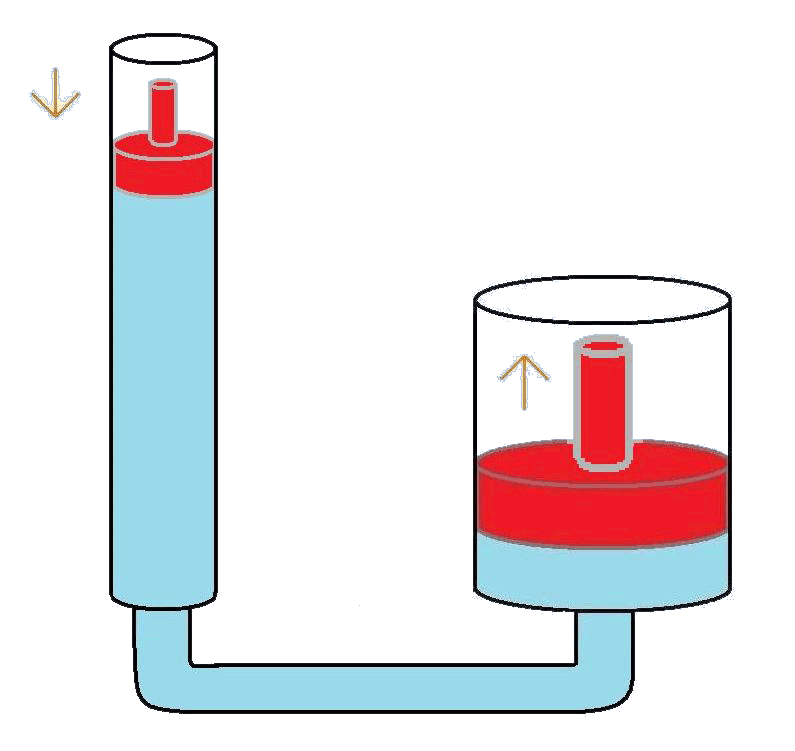Not only is spelling “hydraulics” pretty difficult, the systems themselves are complex and mostly confusing to people who don’t know anything about them. Well, the first lesson in Hydraulics 101 class would probably include this sentence: hydraulic systems are all about power and power transference. Allow me to explain exactly what that means – really quickly, I promise.
Hydraulic Systems Deal in Liquid Force Transference
Basically, all hydraulic systems are certain to contain some sort of incompressible fluid. All liquids are considered “incompressible” because changes in forces applied to them do not alter their overall volume.
Take for example a jar filled nearly to its brim with water. If a person places a hand into the jar, some of the water will rise to the top of the jar and spill out. That is because liquids cannot change volume without changing state. The liquid spills out the top of the jar because the downward force of the hand pushes the water up.
Hydraulic systems use this mechanic to transfer force across distance by using tubes of different sizes.

When a downward force is applied to the wider side of the system, the fluid rises in the skinnier side and travels much higher than the initial height of the wider side. This way, the fluid can move farther away from the origin of the force and operate other parts of the machine that require force to move, but do not necessarily contain an object that can apply that force. This is the usefulness and goal of most hydraulic systems.
Hydraulic systems work to power what normally can’t be powered
This sort of power transference helps engineers design machinery that can have parts operating far away from sources of fuel. Great examples of systems made possible only through the use of hydraulics include: long, out-reaching boons or claws on tractors, saw mill cutting machines, and automobile brakes.
Smith’s Hydraulics does hydraulics for a living — It’s right there in the name! If you are curious about hydraulics, or need professionals who know their way around these systems, don’t be shy – reach out and let us know how we can help.